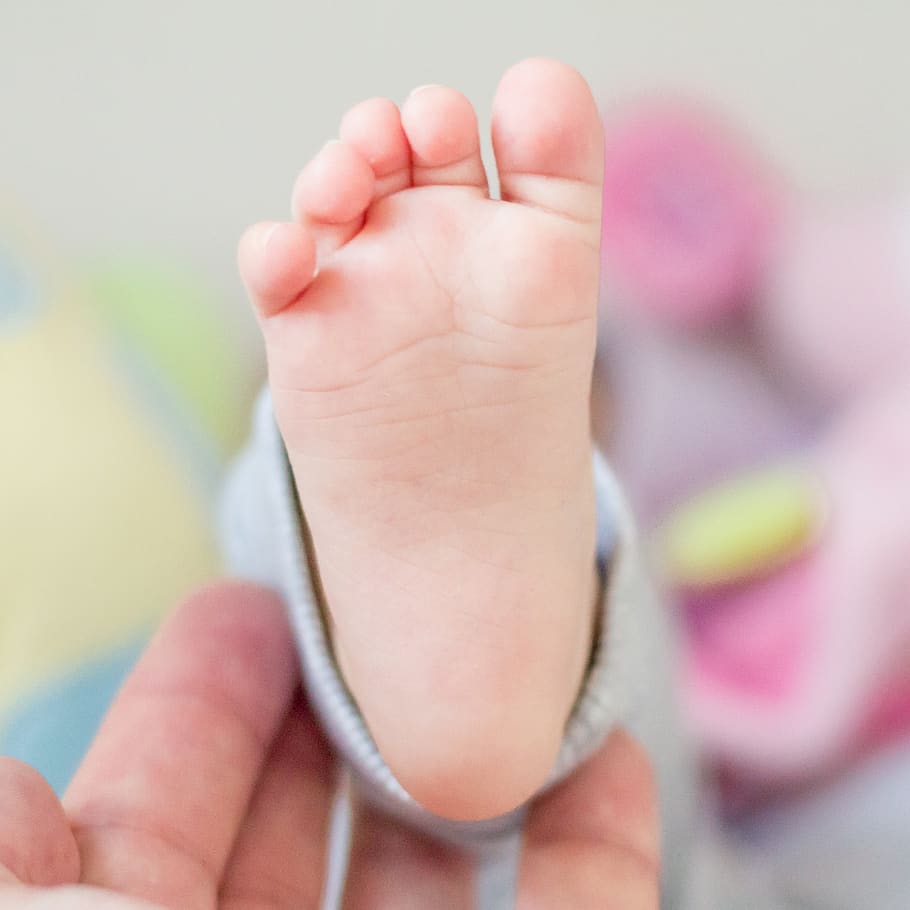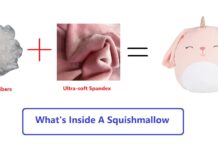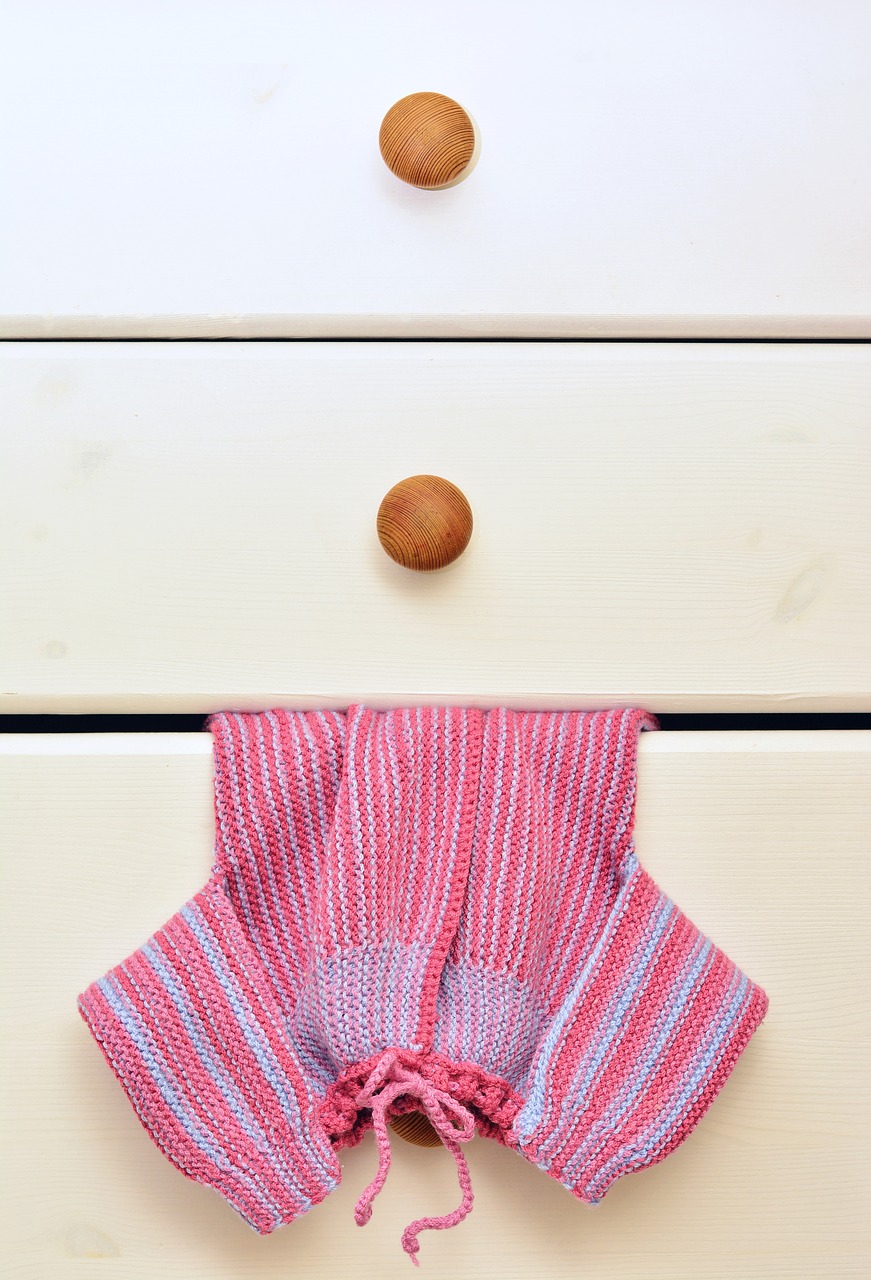The first and the most important thing is to trim your baby’s nails regularly, no matter how paper-thin the nails are on the newborn’s fingers and toes. Your baby’s hands are like tiny claws, and they can scratch you anytime and even themselves.
Baby’s nails grow really fast; therefore, you will need to trim them twice a week. However, toenails do not grow as fast and are not as sharp as fingernails. You will only need to trim toenails twice a month.
Make sure to use a clean nail clipper, a soft emery board or you can even use blunt-nosed toenail scissors and make sure you keep the baby’s nail of the right length. Don’t go too close to the skin; just in case you cut the skin by mistake, don’t panic, baby’s skin heals pretty quick. You should never bite the nails to trim; it can cause infection.
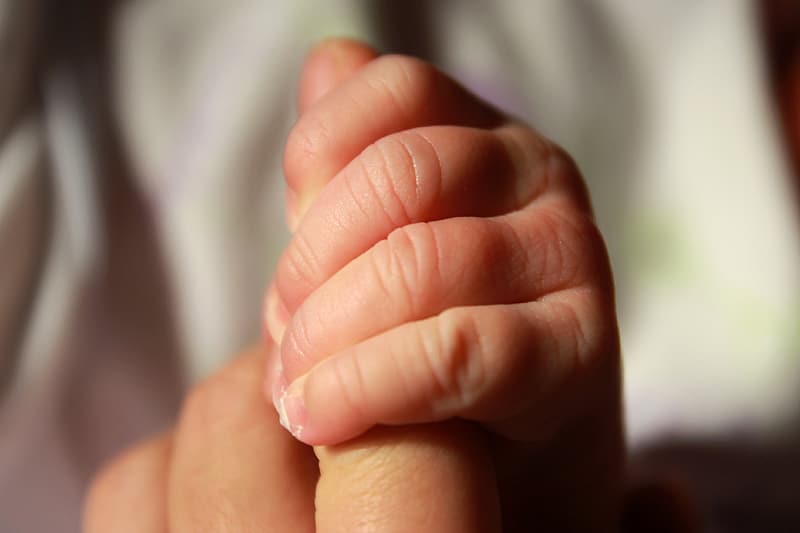
Chick Fingers and baby Toes Frequently.
You will be shocked to know the amount of hair, lint, and fuzz balls that get collected in the toes and fingers of your baby’s toes and fingers. Newborns have a pretty tight grasp, which is a part of their development. You may have seen hair strands wrapped around their fingers tightly.
Make sure to clean newborn baby feet and hands using a baby wipe every time you change the diaper.
If you notice any cuts to the fingertips, do not worry, it will heal quickly on its own. However, you need to make sure it does not show any signs of infection like puffiness, redness, and warmth.
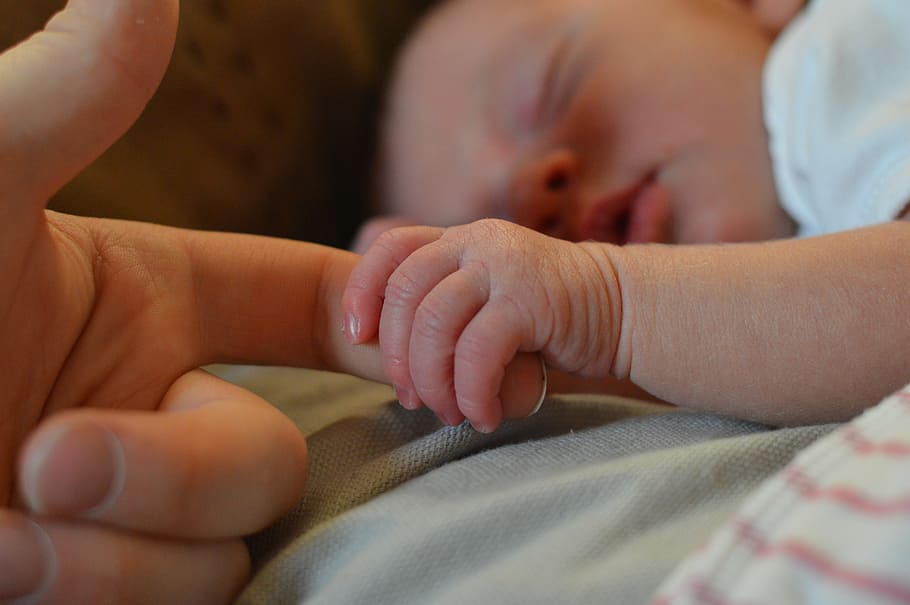
Protect Hands With Baby Mittens
Baby mittens are great to protect your baby’s hands and fingertips and also prevents them from scratching their body.
When you pack things for the hospital, you can also throw some baby mittens in your bag to use after the delivery. You can always slide the baby mittens before ethe baby goes for any procedures that will make him/her move his arm.
Parents who do not baby mittens also use little baby socks to protect them from scratching. Chances are your baby might end up losing socks very often.
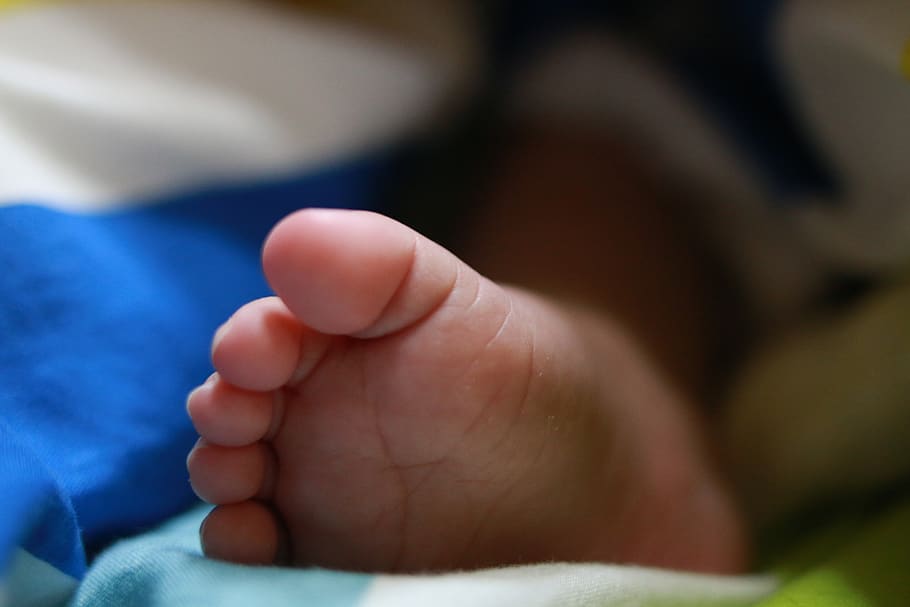
Use Gentle Baby Lotions
Using baby lotions is your personal choice. If you feel your baby has no dry patches, then using baby lotion is not necessary. However, most parents prefer to apply gentle moisturizers on the baby’s skin.
Newborn skin peeling after the birth for a few weeks is a common occurrence. Skin and fingertips peeling are not painful or dangerous, and it does not bother your baby at all. To keep the baby’s skin smooth and soft, you can use gentle lotion.
After bathing the baby, apply lotion within a few minutes to lock in the moisture. So not huge large amounts, a little amount is good enough.
Watch out for Ingrown Toenails
Developing an ingrown toenail is not uncommon. You will know how painful it is if you have ever had ingrown nails.
Make sure you trim your baby’s nail regularly to prevent the ingrown nails. Using the nail clippers clip your nail straight across does not make the edges round.
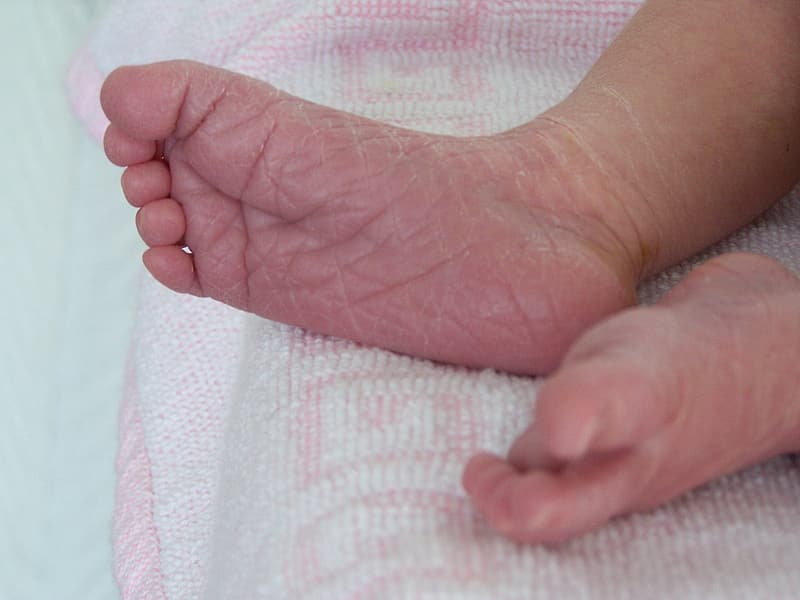
Keeping Feet Covered
Depending on the weather conditions, keep your baby’s feet covered to prevent crusty toes. Covering the feet will keep them protected and warm. Socks might not be a good option because babies tend to kick off socks really easily. Instead, opt for baby coverall with built-in feet.
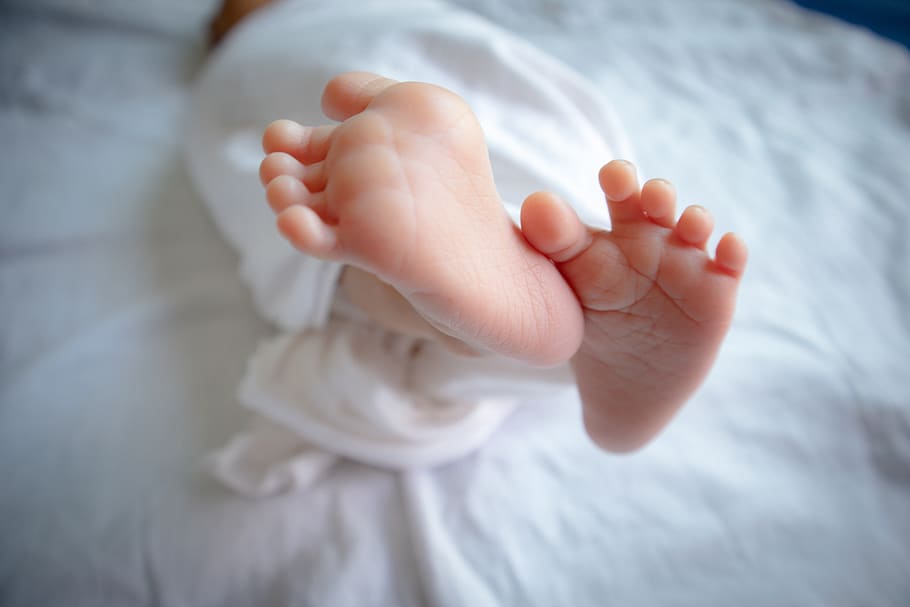
What to Make your Baby Wear?
It is difficult to resist putting cute little shoes on the baby’s feet. However, shoes can obstruct the growing baby;’s feet. Tight or too restrictive shoes do not leave space for normal toe and foot movement.
Always pick nonrestrictive shoes and crib shoes made with soft and flexible leather. The socks and elastic around the tp should not be too tight. You can make them wear formal and adult looking shoes at formal events and photoshoots. When your kid starts to learn, the shoes are meant to protect from slipping, uneven ground, and splintery deck. When inside, let the baby walk without any shoes, barefoot. This way, the baby’s toes will grip the ground better and help them to balance nicely.
When buying new shoes, look for flexible, lightweight shoes that can be bend easily. The shoes should be straight and not flaring in or out around the toe. Baby feet grow really fast, and the shoe size will change every 3-4 months. Get the correct size shoe, and don’t make them wear tight shoes at all.

